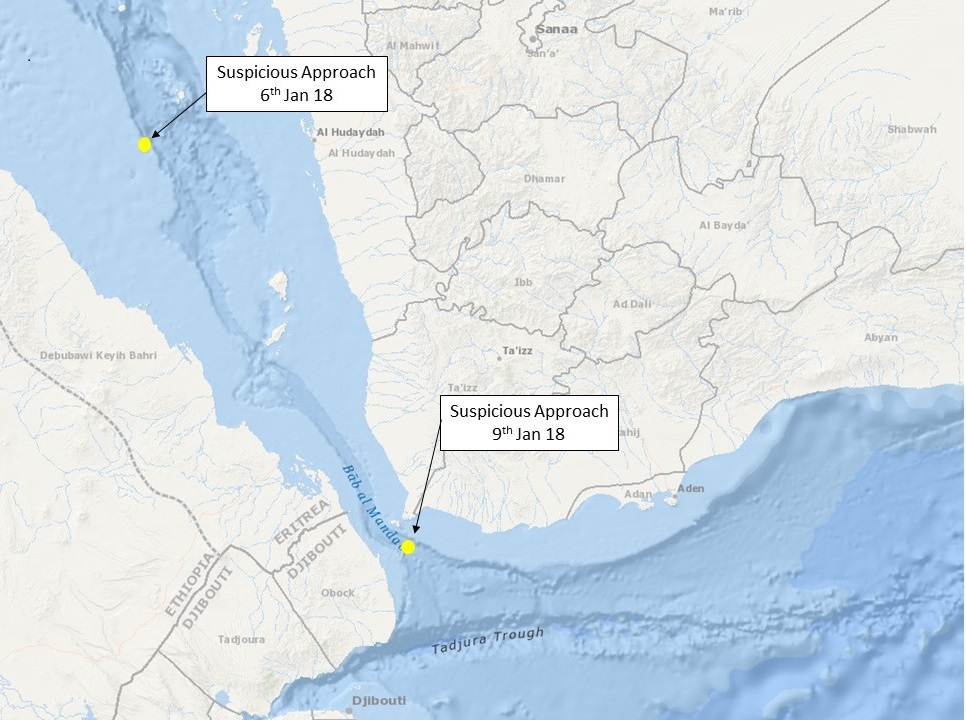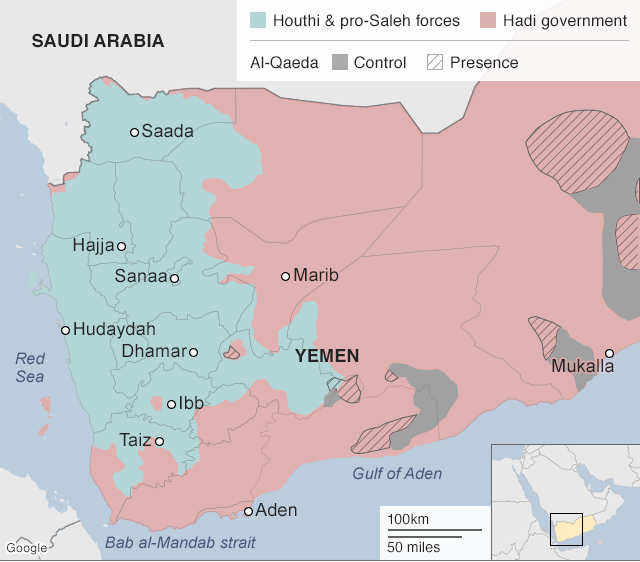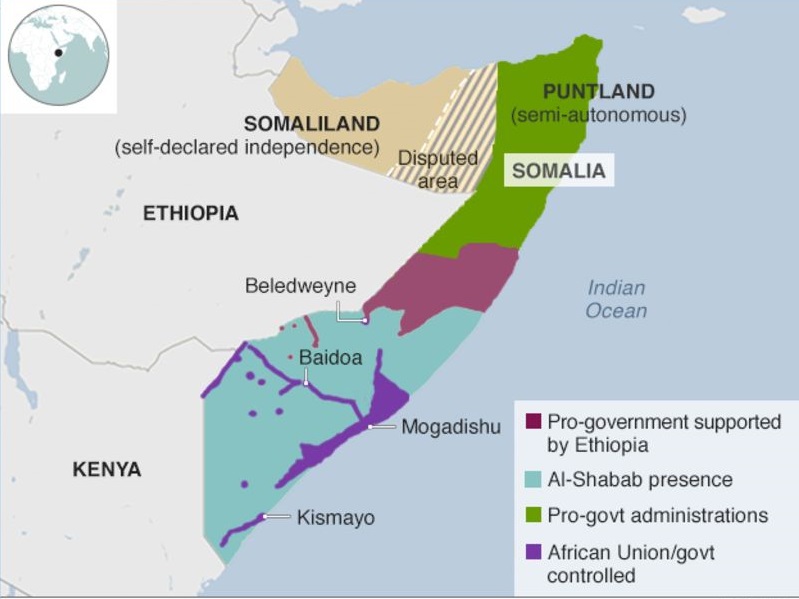Indian Ocean HRA Overview
Continued reported incidents reflect that the HRA remains a threat in regards to piracy activity in the region. Recent efforts to improve the security environment will reduce the impact of Somali piracy. However, factors onshore in Somalia continue to influence piracy in the region such as the ongoing famine and instability. Piracy groups in Somalia still bear the motivation to try and carry out attacks and still with some capability to target merchant vessels. Increasingly, vessels in the High Risk Area are subjected to incidents that appear to be co-ordinated small boat piracy approaches however they choose not to ultimately attack. These incidents are then difficult to classify as attempted piracy or regional patterns of life. However, in recent weeks there have been numerous attacks and attempted boarding’s ranging from incidents in the Somali basin, Gulf of Oman and Gulf of Aden. The increased presence of naval patrols and armed security on board vessels act as a deterrent to the threat of piracy, however those vessels transiting in the area without the presence of armed security remain a significant risk.
Reported Incidents HRA
Two incidents to report (UKMTO)
6th Jan 18 Suspicious Approaches, Southern Red Sea, Hudaydah: In the last 12 hours UKMTO has received i
Intelligence comment: Further to the above incident details on the 6th of January various sources including merchant vessels and the UKMTO reported a number of incidents involving a coalition warship and suspected Houthi armed skiffs in the Red Sea off the coast of Hudaydah. It was reported that three grey hulled skiffs, possibly with mounted weapons approached a merchant vessel which was being escorted by a coalition warship. There were no confirmed reports of the skiff firing at the merchant vessel, however an exchange of fire between the coalition warship and the skiff was reported. Both vessels and crew safe. It is assessed as probable that this incident was related to the ongoing conflict in Yemen rather than a piracy incident and that the coalition warship, not the MV was the target of the skiffs.
9th Jan 18 Suspicious Approach, Bab el Mandeb Strait: Between 0815Z and 0830Z an MV in posn 12 31N 043 29.10E was approached by 2 skiffs each with 5 POB with faces obscured. The skiffs aborted the approach at 3 cables (apparently due to rough seas). Vessel and crew are safe.
Intelligence comment: Houthi rebels control swathes of territory in the west of Yemen, including much of Yemen’s Red Sea coast. It is possible that the suspicious approach reported on the 9th Jan could be linked to the conflict in Yemen. The incident was located in close proximity to the Ta’izz Province in which violence continues involving Houthi rebels and coalition forces.
Yemen Update
At present the civil war in Yemen shows no sign of ending, neither side in the war has gained enough power and momentum to reunite the country under a single government. Saudi led coalition airstrikes continue in the Taiz province, Hudaydah province and Sanaa. The current military offensive along Yemen’s western coast started early last year and are aimed at cutting major offshore smuggling routes and securing the strategic Bab Al Mandab Strait.
This Week
Hudaydah – Saudi coalition reported thwarting attack on oil tanker off Yemen: after the suspicious approach and exchange of fire between coalition vessel and armed skiff on the 6th 
Houthi rebels threaten to block shipping traffic in the Red Sea: Yemen’s Houthi rebels warned on the 9th January 2018 that they would block traffic in the Red Sea if coalition forces continued to advance on the port of Hudaydah. It is not currently clear how Houthi rebels would block merchant traffic in the Red Sea, however based on past incidents rebels have used missiles, explosive-laden skiffs and naval mines to attempt to cause devastation to traffic in these strategic waterways. In January 2017, Houthi forces attacked a Saudi warship off the Yemeni coast using an explosive laden skiff killing two sailors. In September and October 2016, two US warships and a Saudi-led coalition vessel were targeted by missile fire from rebel-held territory.
Saudi Arabia intercepts another Al Houthi missile: Saudi air defence forces intercept a ballistic missile launched by Houthi rebels into the southern Saudi province of Najran. The Houthis have launched over a hundred missiles into Saudi Arabia since the Yemen war erupted two years ago.
Coalition forces seize major Al Qaeda stronghold in Shabwa Province: Yemeni and coalition forces seized control of Al Sayed district, a major stronghold of Al Qaeda militants in the southern province of Shabwa. Known for its rugged mountains, Al Sayed has become a hotspot for Al Qaeda as the militants use its mountains and caves for storing arms and training fighters. Military commanders believe that Al Qaeda’s heavy arms and ammunition that they looted during their rule of Al Mukalla in 2015 are stored on Al Sayed’s mountains.
Ongoing Threat of Violence/Terrorism at Sea off the Coast of Yemen
- Yemen’s civil war has created an environment mirroring Somalia’s lawlessness. The ongoing conflict in Yemen demonstrates how poor security on land has led to violence spilling out into the maritime domain. Houthi rebels continue to control a large amount of Yemen’s red sea coastline.
- In relation to coalition forces getting closer to the Red Sea port city of Hudaydah, currently under Houthi rebel control, increases the risk to shipping in the region. In the past Houthi rebels have repeatedly threatened to attack merchant vessels in the region should coalition forces attempt to re-take Hudaydah port. If coalition forces seized Hudaydah it could be argued this would be a turning point in the civil war as the Houthi rebels would lose their main source of finance through the port in which illegal arms are smuggled.
- The threat of terrorism at sea off the coast of Yemen remains by rebel groups and terrorist organisations such as AQAP. Such is highlighted by attacks against the LNG Tanker Galacia Spirit in October 2016 and the MT Muskie a product tanker in May 2017. Both involved the use of explosive laden skiffs, as an attempt to cause major devastation in the critical international shipping passage of the Bab-el-Mandeb.
- It remains a persistent threat that merchant vessels may be the subject of a miscalculated attack or as has been suggested recently, possibly threats of a calculated attack.
Somalia Update
The UN warned of a grim humanitarian outlook for 2018 in Somalia. Progress towards stability is impeded by extreme drought and hunger, al Shabaab’s continued violence and other enormous challenges. These challenges include pervasive corruption in politics and powerbrokers willingness to use violence or threat of violence against opponents.
This Week
Somalia calls for accelerated debt relief to fight terrorism: The Financial Times reported that Somalia’s prime minister has called on multilateral lenders to accelerate the debt-forgiveness process so that the country can access funds to fight terrorism and its underlying causes. Somalia owes around $4bn, most of it interest and penalties. Those arrears make it almost impossible for Mogadishu to access new funds from the International Monetary Fund or the International Development Association, the soft loan arm of the World Bank that has money earmarked specifically for fragile states like Somalia.
Tensions rise in Somalia’s northern region: This week the Somali government called for Somaliland and Puntland regional states to stop escalating tension in the disputed northern Sool region. Somali government said it is committed to continue reconciliation among the fighting sides in the region and the whole country, in a bid to move forward and restore peace and stability.
Al Shabaab has been increasingly active in Somalia in recent months. The militant group has been battling the Somali Federal Government (SFG) in an effort to govern Somalia. Since 2013, al Shabaab pledged allegiance to al-Qaeda attracting the United States to execute raids and airstrikes against the group. However increased US airstrikes have not enabled African Union Mission (AMISOM) and Somali security forces to gain enough momentum against the terrorist group, al Shabaab has not suffered any great loss of territory or significant casualties from the airstrikes. Al Shabaab continues to maintain strongholds in southern and central Somalia and continue to carry out attacks against military and civilian targets. Somalia is a country whereby tribal loyalties are stronger than national ties. The SFG and Somali forces lack legitimacy outside of Mogadishu. Further to this, al Shabaab further exemplifies the issue of famine, terrorism and corruption making the prospect of stability in Somalia in the near future bleak. Al Shabaab is likely to maintain its present operational tempo in 2018 and further expand its territory in central and southern Somalia.
Piracy Activity
In 2017 between March and May, five vessels were hijacked in Somali waters, whilst this was reported by many to be a resurgence of Somali piracy, it can be assessed as more likely to be a result of a permissive environment during the inter-monsoon period allowing skiffs and PAGS to operate with ease. Until the deep rooted issue of piracy in Somalia are resolved, piracy will continue to be a threat. 2017 saw the worst drought Somalia has seen in 40 years, this coupled with the struggling government and extreme militant violence has brought 6.7 million people into crisis. Pirate financiers capitalise on the chaos offering opportunities to local people. It is needless to say, as the increased instability in Somalia continues, it will serve as a permissive environment for piracy operations with an ongoing threat to shipping in the region.

